Transport of pregnant cows
Transport of pregnant cows and requests for veterinary certification
Following the recent announcement from the Ministry for Primary Industries (MPI) Mycoplasma bovis directorate regarding increased activity and resulting surge in placement of Notices of Direction (NoDs), we’d like to remind NZVA members of our advice regarding requests to certify late gestation cows as being fit for transport.
While there is no imminent concern regarding movement of spring-calving cows, forward planning is required as these animals approach late gestation, particularly regarding transport to slaughter.
The NZVA's advice to members is to carefully consider whether to certify cows for transport within four weeks of the planned start of calving (PSC). The NZVA supports its members should they decide not to certify these animals and emphasises that the first consideration must always be the welfare of the animal.
Regulation 41 from the Animal Welfare (Care and Procedures) Regulations 2018 has been law since 1 October 2018. Infringements are restricted to cases where cattle give birth during the journey or within 24 hours of arrival at a slaughter premises or sale yard. Veterinary certification is not required to transport a cow in late gestation.
Unfortunately pre-emptive slaughter during an exotic disease incursion (to manage impending animal welfare concerns) is not adequately addressed in either the Animal Welfare Act 1999 or the Biosecurity Act 1993. In practical terms, the Biosecurity Act doesn’t allow for compensation if prophylactic slaughter of animals is undertaken for animal welfare reasons.
For example, cows grazing at a ‘run-off’ placed under a notice of direction cannot be moved back to the milking platform (unless approved by MPI). However, the farmer will not receive compensation if these cows are moved to slaughter in anticipation of welfare concerns related to calving at the run-off. Cows in late gestation cannot be transported to slaughter without risking infringement under Regulation 41, or section 23 of the Animal Welfare Act 1999, and therefore may end up calving at the run-off with inadequate facilities, feed and/or environment.
Ideally, for properties under a NoD (which are stocked with pregnant cows), decisions to move pregnant cows should be made when animals can comfortably travel.
This is particularly important for veterinarians to understand if they are asked to certify animals as being fit for transport to a slaughter premise (eg. if under a Notice of Direction from MPI due to M. bovis). The environment at slaughter premises is not suitable for cows in late pregnancy and veterinarians should expect the scrutiny of MPI Verification Services if the welfare of cows in late gestation is compromised during transport to slaughter.
If veterinarians are asked to provide transport certification, MPI Mycoplasma bovis Eradication Programme personnel (including ICP managers) should be contacted, and processes agreed before certification.
Veterinarians asked to certify any such animals should be very cautious, and if certifying for transport to slaughter, should engage thoroughly with MPI Verification Services at the slaughter premise.
Key points to note regarding cows in the last three months of pregnancy are:
- If within four weeks of calving date, travel should be less than two hours (allowing for transfer from the run off back to the milking platform).
- Supplement cows with 12-20g of elemental magnesium per cow, on the day of transport.
- Only transport cows unlikely to give birth during the journey back to the milking platform.
The NZVA's policy and guidelines on Transport of Livestock were updated in December 2018. Please ensure you and your team take the time to read these documents which contain important information on the relevant Animal Welfare (Care and Procedures) Regulations.
